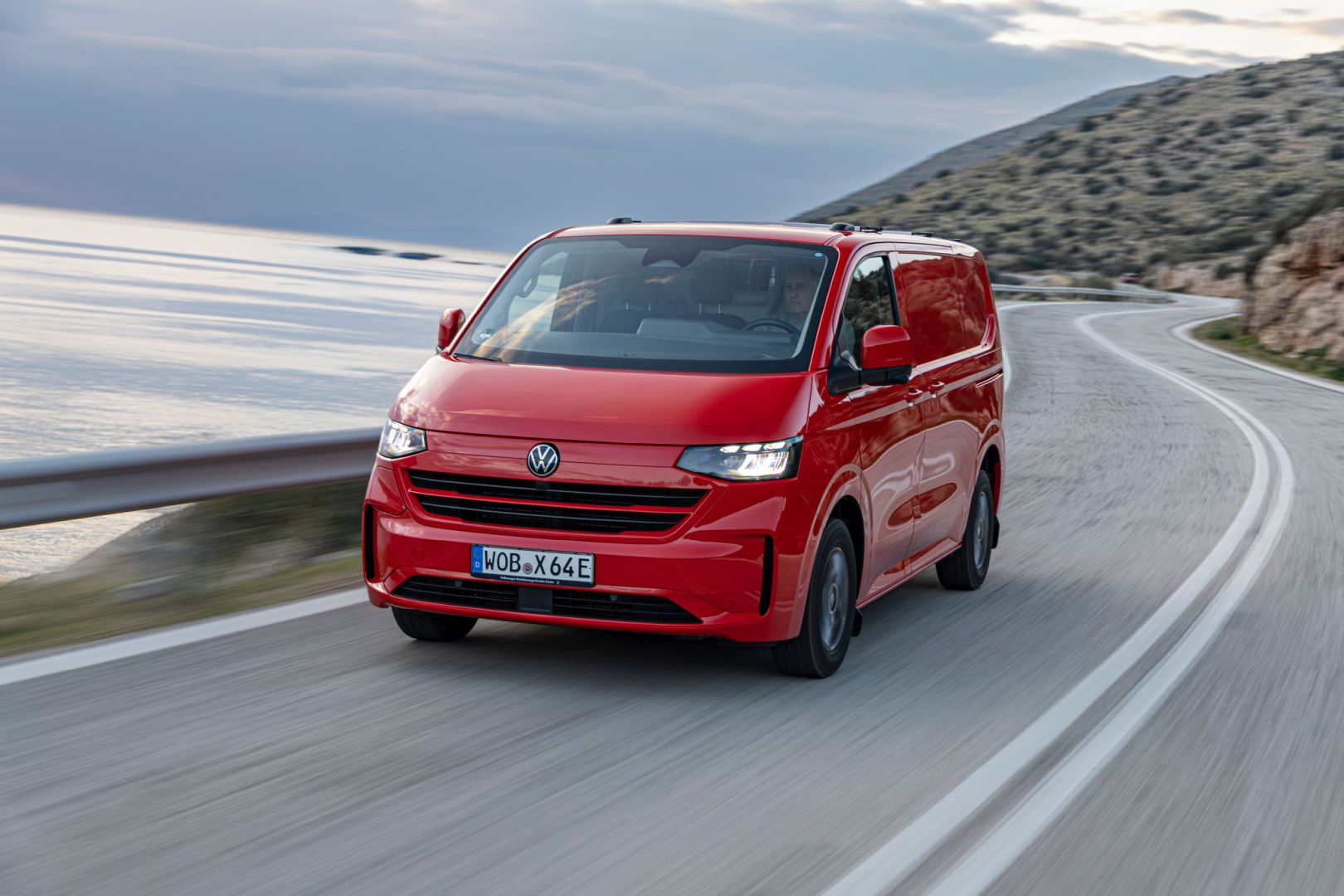Volkswagen Transporter (2025) Review – Is the Transporter T7 a real Volkswagen?
The elephant in the room: Ford inside
Let’s get right to the point: the new Transporter was fundamentally developed by Ford. And it shows. From certain angles it looks suspiciously like a Ford Transit Custom, and the interior also exudes a solid Ford atmosphere. For die-hard Transporter fans, this may take some getting used to. But we are not surprised. Volkswagen was just about the last brand to build a commercial vehicle without cooperation. In a market with razor-thin margins, cooperation is simply the smartest way to cut costs. Brands like Citroën, Peugeot, Opel, Fiat, Toyota, Renault and Mercedes-Benz do exactly the same thing.
The numbers: bigger, wider, more space
The new Transporter has grown considerably. The standard version measures 5.05 meters – almost 15 centimeters longer than its predecessor. If you choose the extended wheelbase, you end up with 5.45 meters. And it is also 12 centimeters wider. The cargo space is standard 2.6 meters deep and with the extended version you reach 3 meters, good for a cargo volume of 5.8 cubic meters, or even 9 cubic meters if you opt for the raised roof. In terms of towing weight, you’re also in the right place: up to 2.8 tons. The electric Transporter (the e-Transporter) can also pull quite a bit: up to 2.3 tons. The load capacity of the e-Transporter is also good: up to 1,100 kg. In short, plenty of space and power.
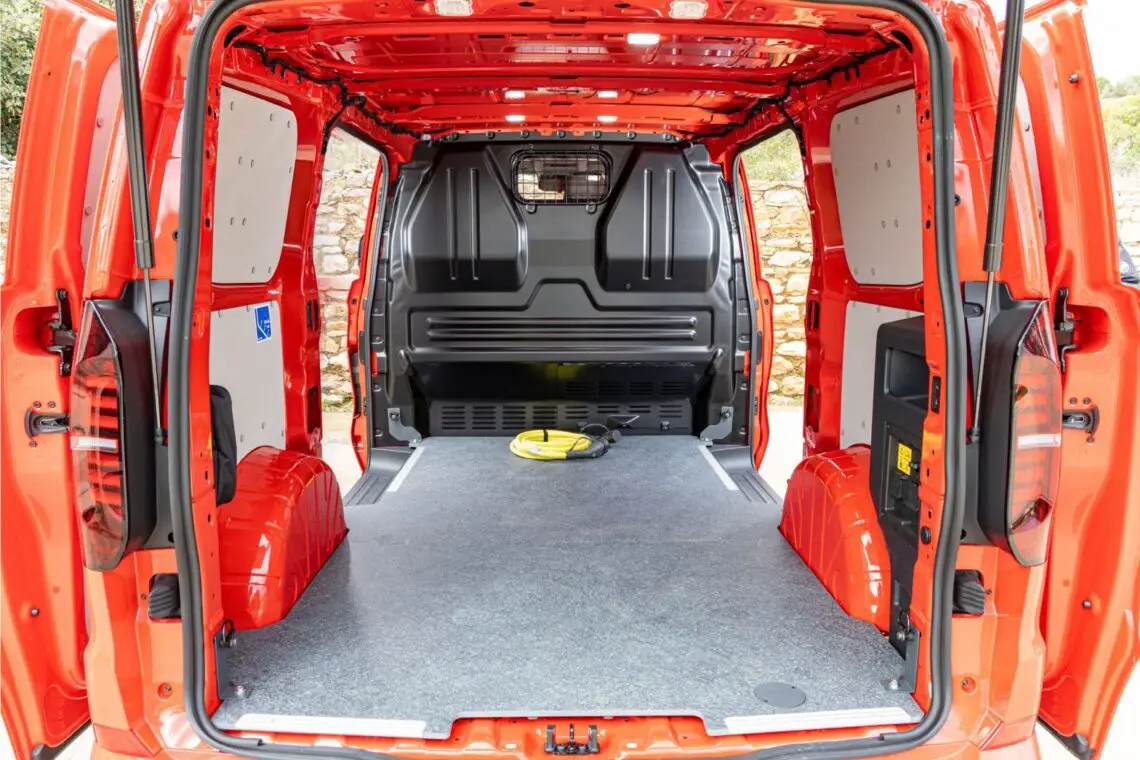
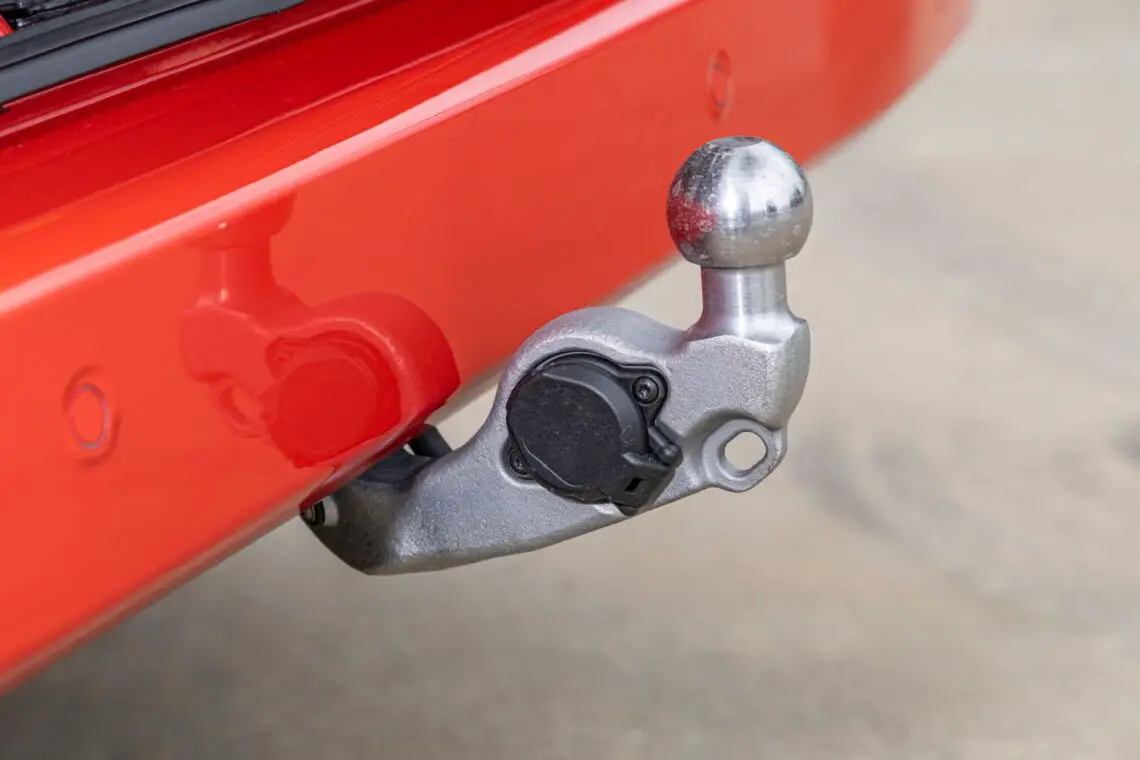

Variants: something for everyone
Volkswagen offers the Transporter in several flavors. There is a closed van in two lengths, a double cab, a version with a raised roof and, of course, the passenger version: the Caravelle, which offers space for as many as nine people in the extended version. For adventurous types, there is also the PanAmericana, which is dressed up extra tough. Looking for all-wheel drive? No problem, Volkswagen also offers the AWD 4Motion system on the Transporter.
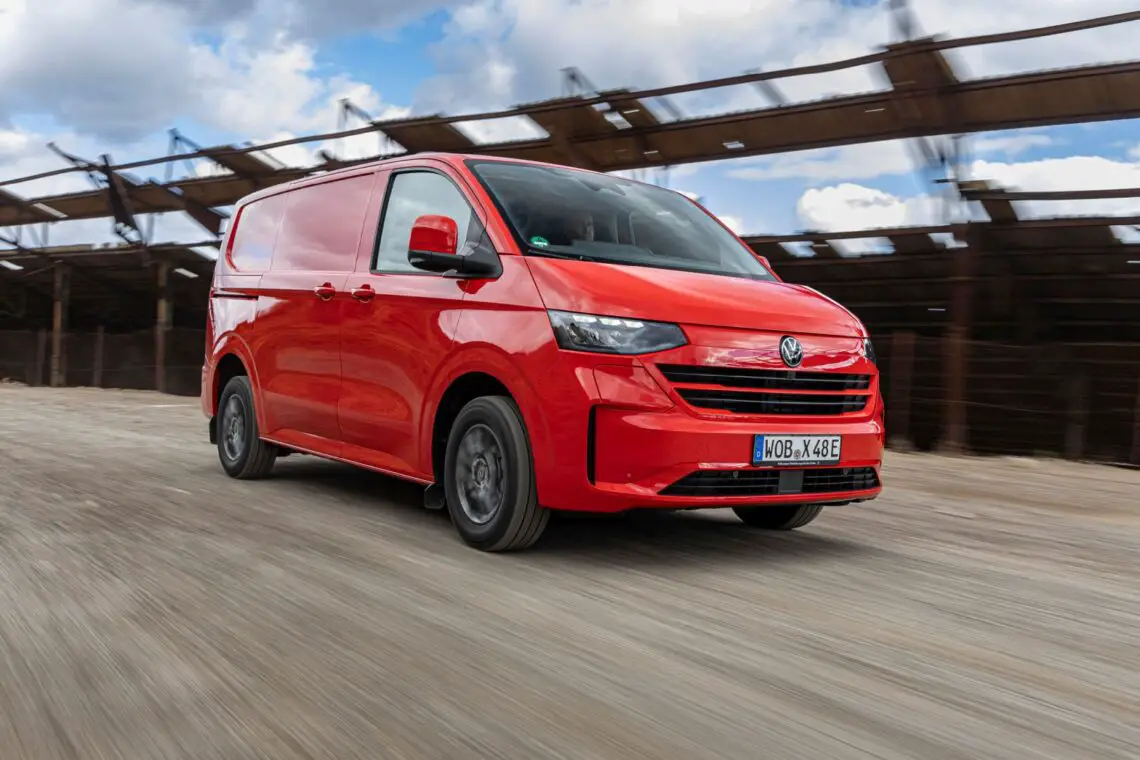
Engines: diesel, electric and PHEV
The Transporter stays true to its roots with powerful diesel engines. Under the hood of the diesel version is a 2.0-liter TDI diesel engine, available with 110, 150 or 170 hp. Shifts are done with a six-speed manual transmission or an eight-speed automatic. Then there is the all-electric e-Transporter. It comes with 116, 136, 218 or 286 hp. With a 64 kWh battery, you get about 330 kilometers of range according to the WLTP standard. In practice, count on 200 to 250 kilometers. Unless you stay mainly in the city, then you can easily reach 300 kilometers. In that case, you might want to wait for the version with a small battery, which Volkswagen will introduce later. Indeed, an e-Transporter with 46 kWh battery will also be on the market, but no specifications are yet known about it. in 2026 will also follow a plug-in hybrid version with 233 hp, which can travel 60 kilometers fully electric.
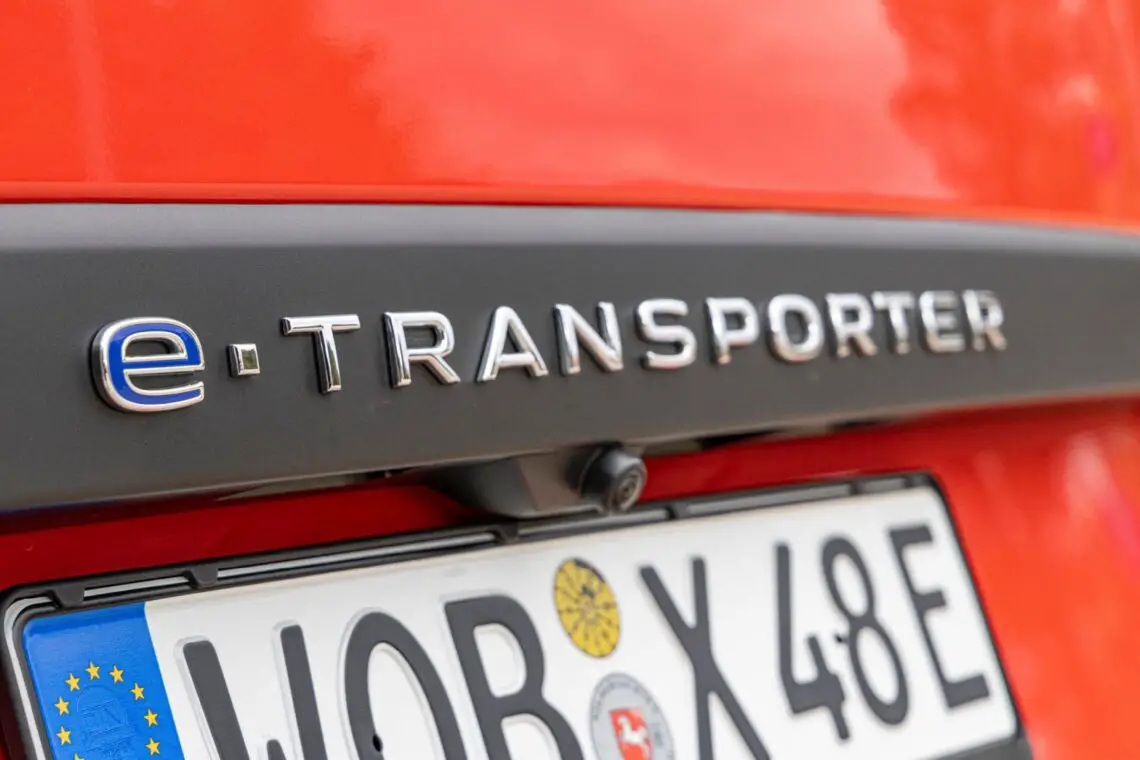
How does he drive?
The e-Transporter has a battery pack located in the bottom, which means its center of gravity is nice and low, even when there is no cargo in the back. It provides a stable and balanced driving experience. Especially compared to a diesel version, you immediately notice that it tilts less when cornering. Not that the diesel version suffers much from that. The Transporter shares its suspension with the Transit Custom, which is no punishment. Ford knows better than anyone how to build good suspension, both for passenger cars and commercial vehicles. We even detect a touch of dynamism during our test drive.
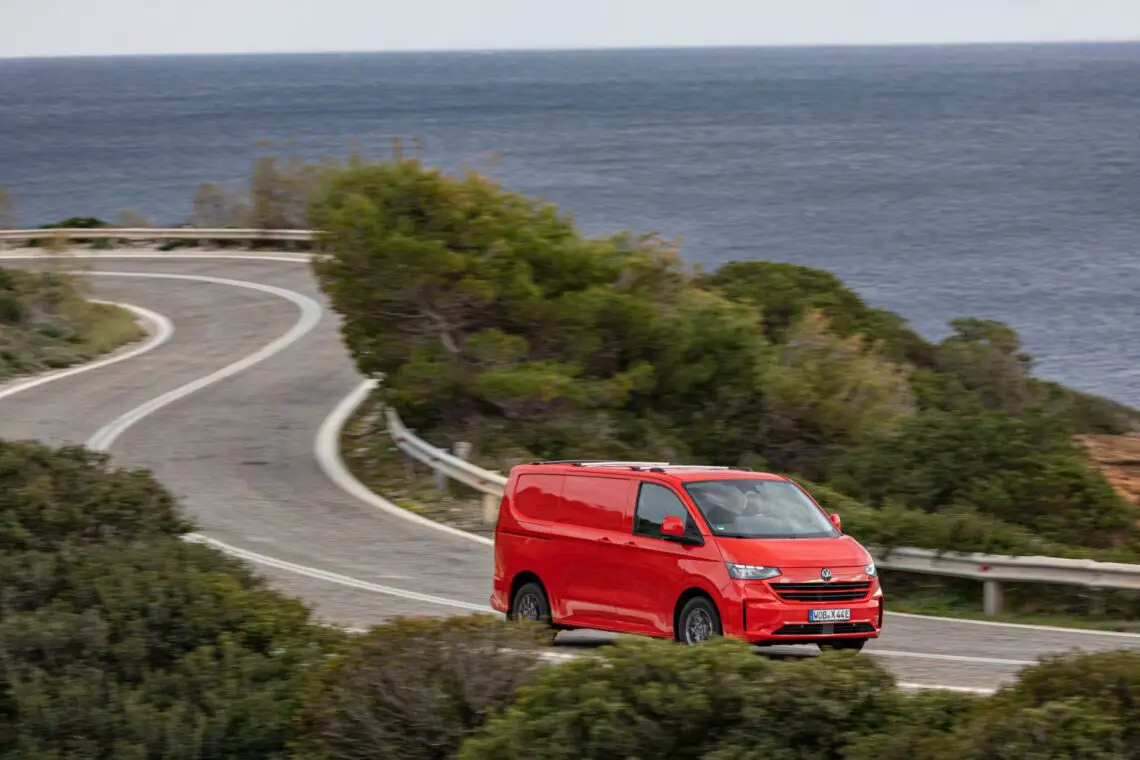
As you would expect from an electric powertrain, the torque is instantly available. That means you’re always off to a smooth start, whether you’re driving empty or with a heavy load. That’s the big advantage of an electric powertrain. We haven’t tested it, but we’re guessing that even uphill with a heavy trailer the e-Transporter will have no trouble staying up to speed.
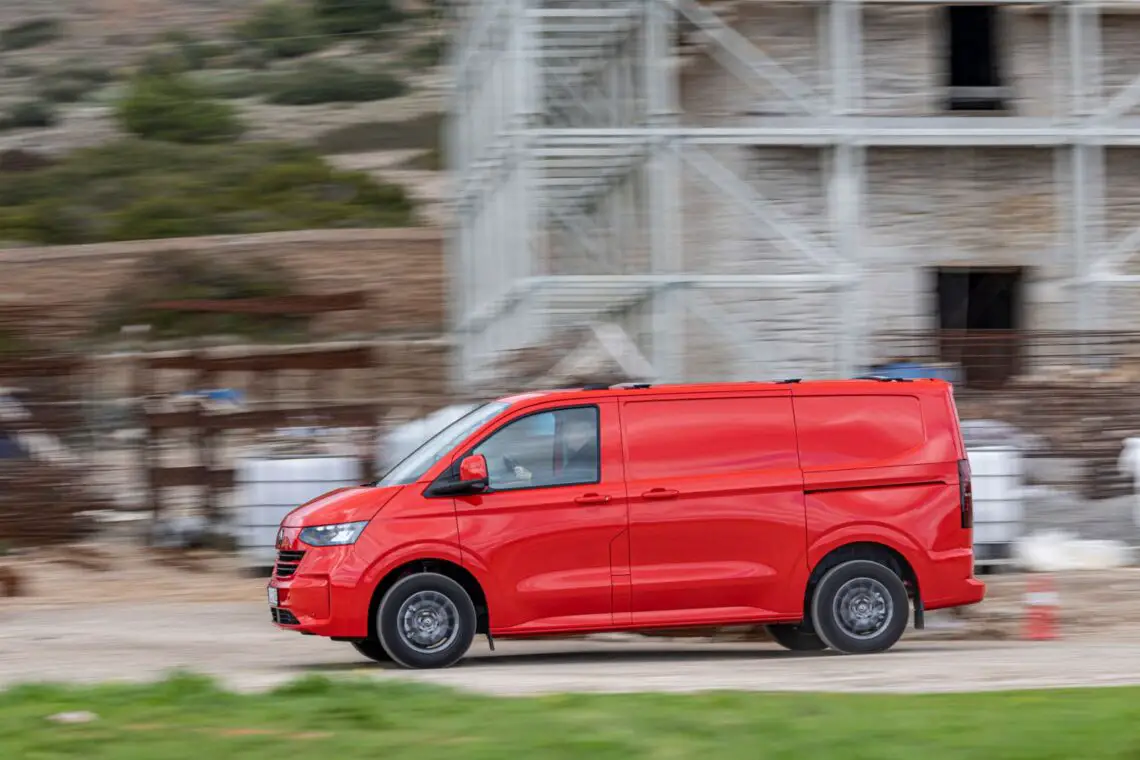
Appearance: Volkswagen with its own twist
Although the base is Ford, Volkswagen went to great lengths to give the Transporter a face of its own. The front and rear have been modified considerably. For example, the nose is completely Volkswagen. So are the headlights and are reminiscent of the ones on the Multivan. The taillights are also unique, with a body-colored plastic detail and a strip above the license plate where the model name appears. In short, on the outside, the new Transporter looks just like Volkswagen.
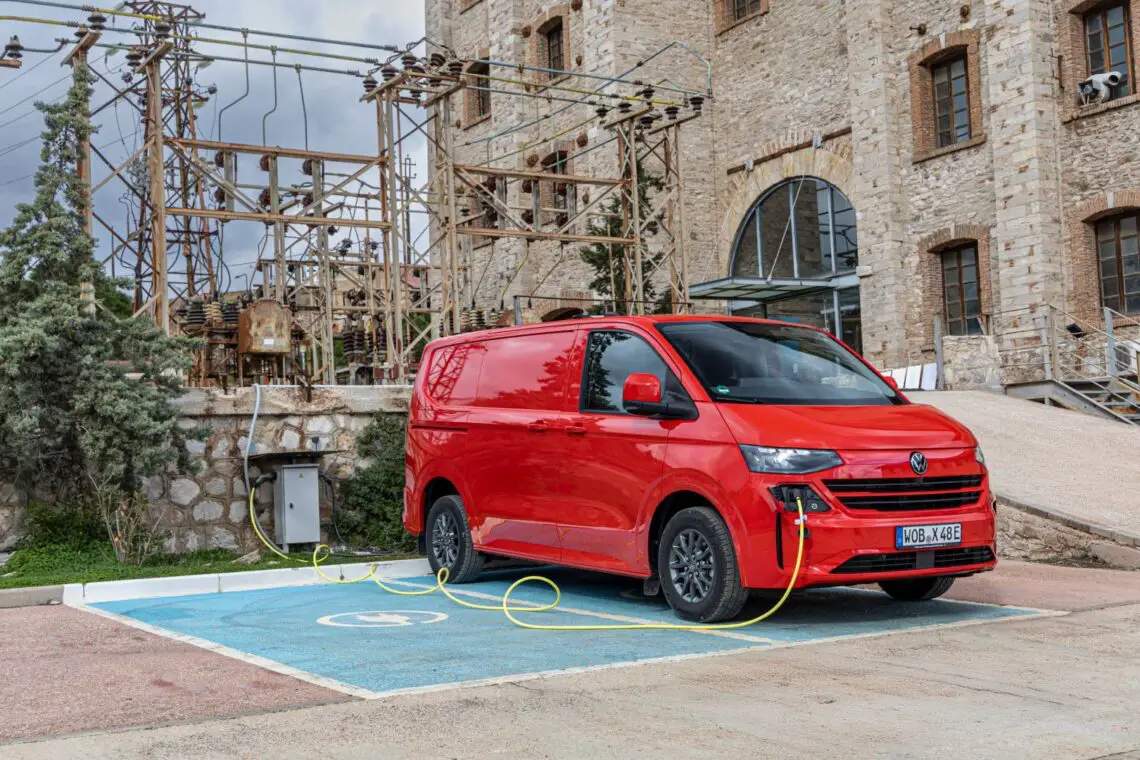
Interior: Ford with a Volkswagen sauce
Inside, the Ford influence is most visible. Yet Volkswagen has given it its own twist. The steering wheel is different and the screens are neatly framed with a Volkswagen design. As standard, you get a 12-inch digital instrument cluster and a 13-inch infotainment screen. There are also plenty of storage compartments, cup holders, physical buttons on the steering wheel and USB ports (both A and C). Also nice: there is a 230v outlet under the driver’s seat.
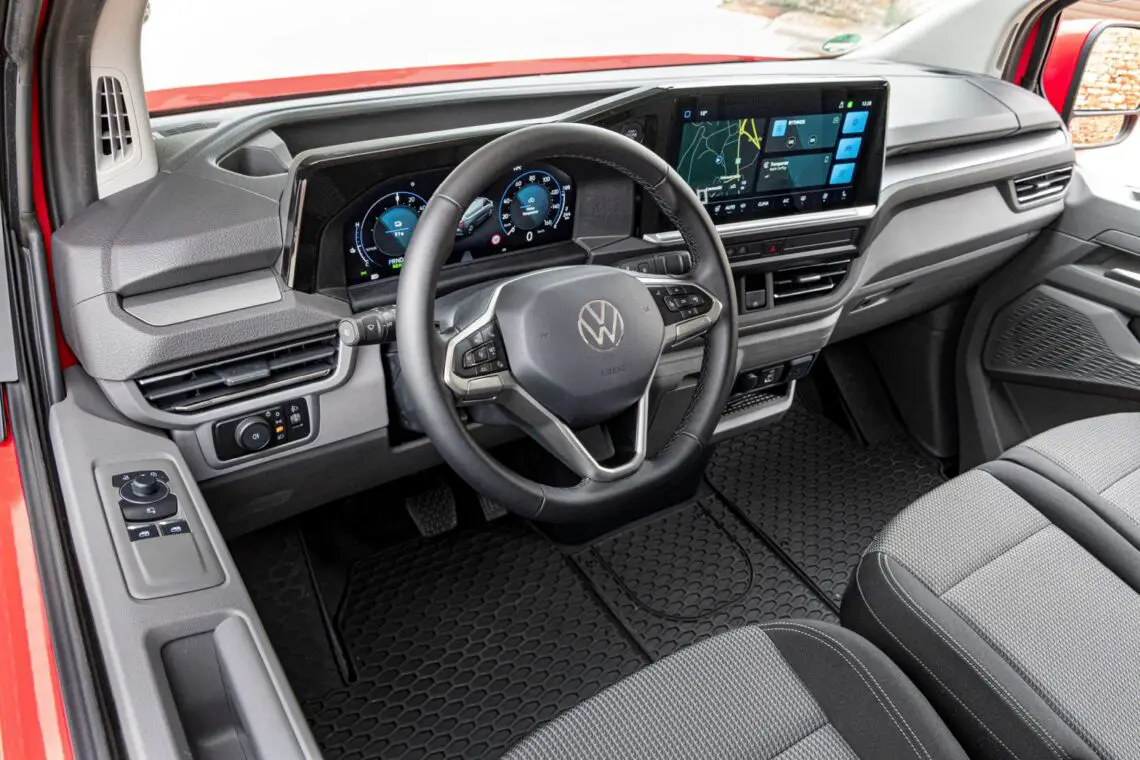
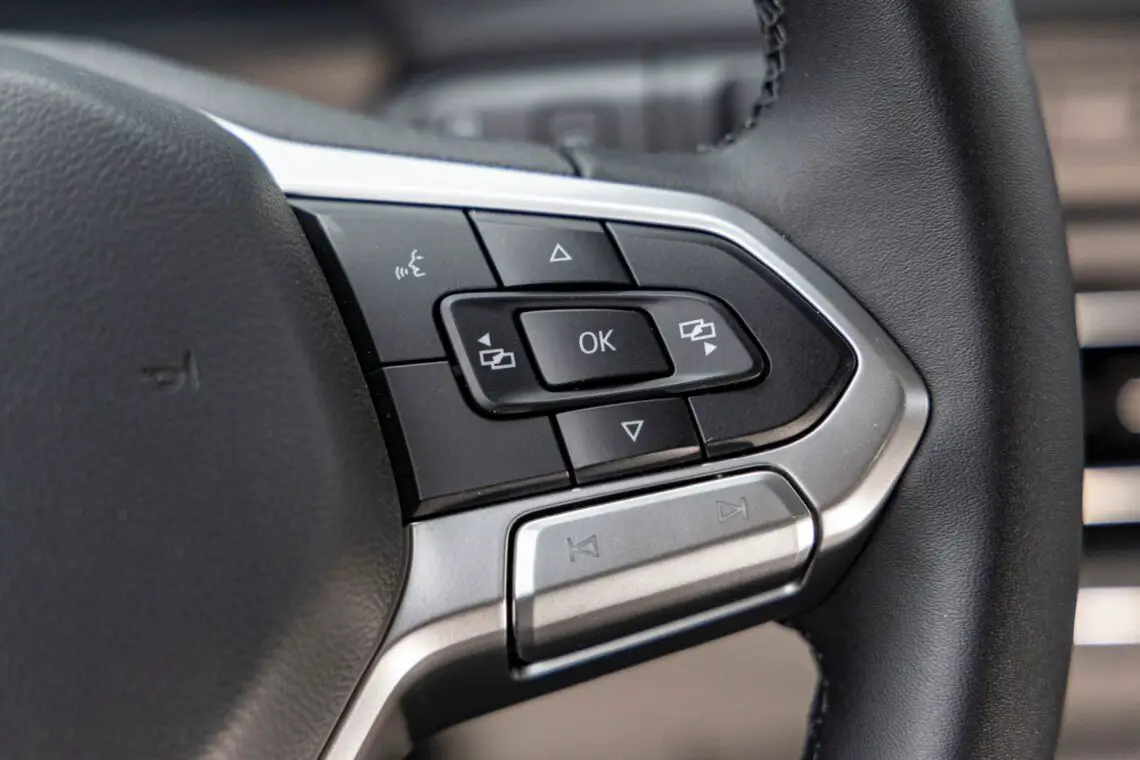
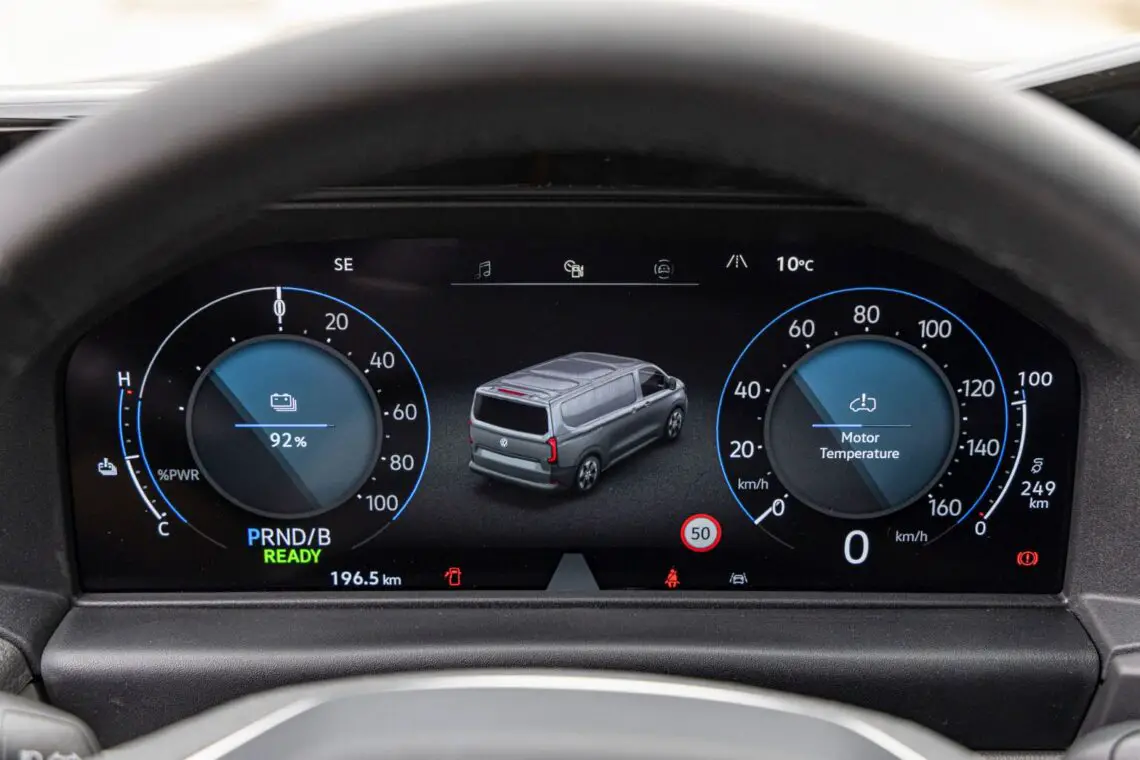
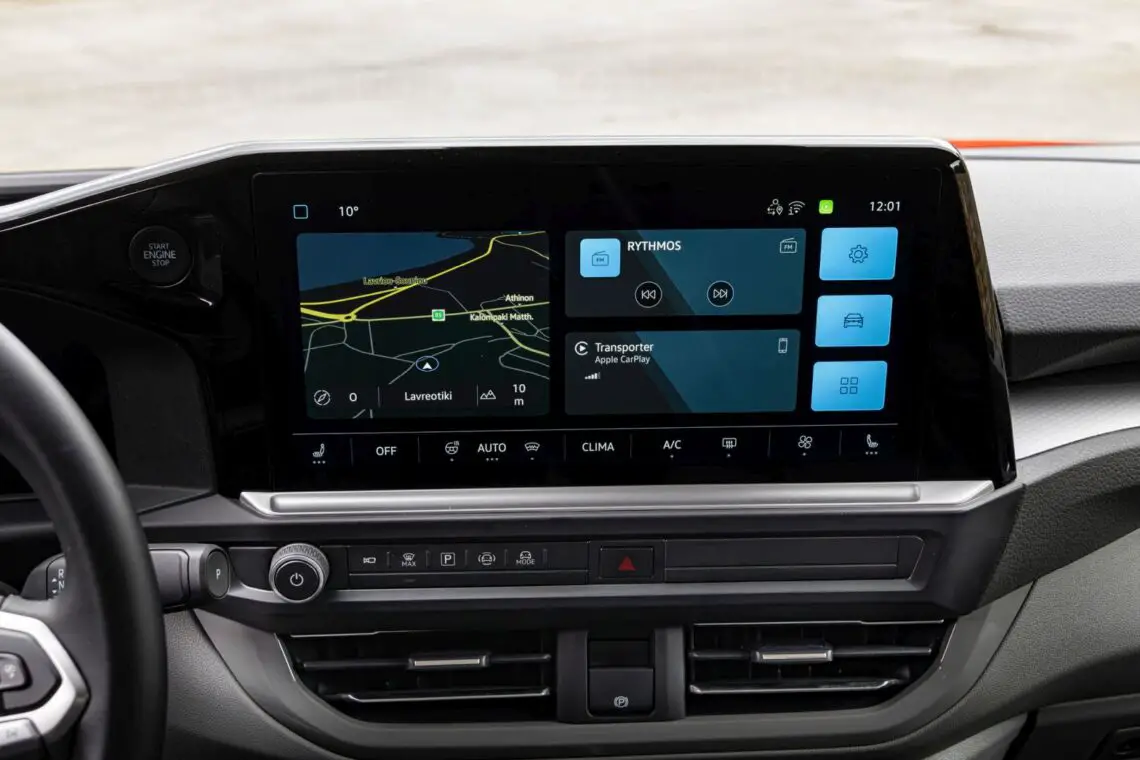
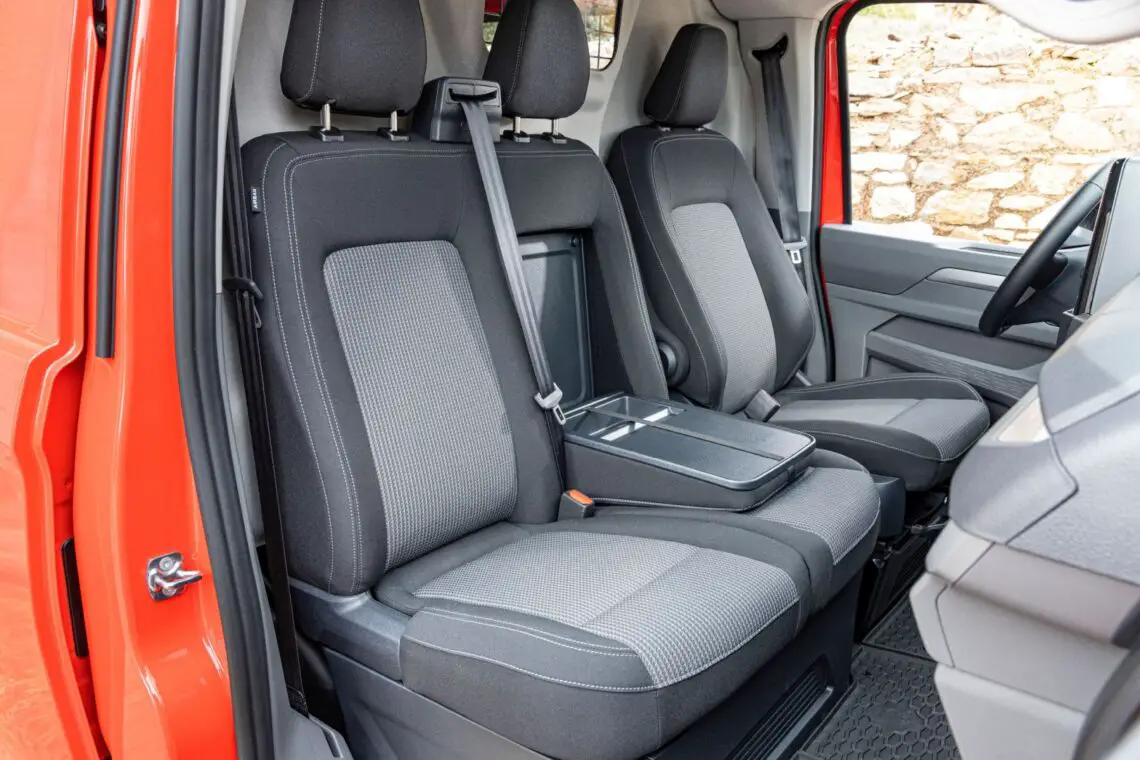
Conclusion: is it a real Volkswagen?
Is this new Transporter a real Volkswagen? The answer is: yes, but with a Ford heart. Volkswagen has gone to great lengths to give it its own character, and it has succeeded. Although it rolls off the assembly line at the Ford plant in Turkey, it does so on its own assembly line. In addition, Volkswagen oversees quality control with its own personnel.
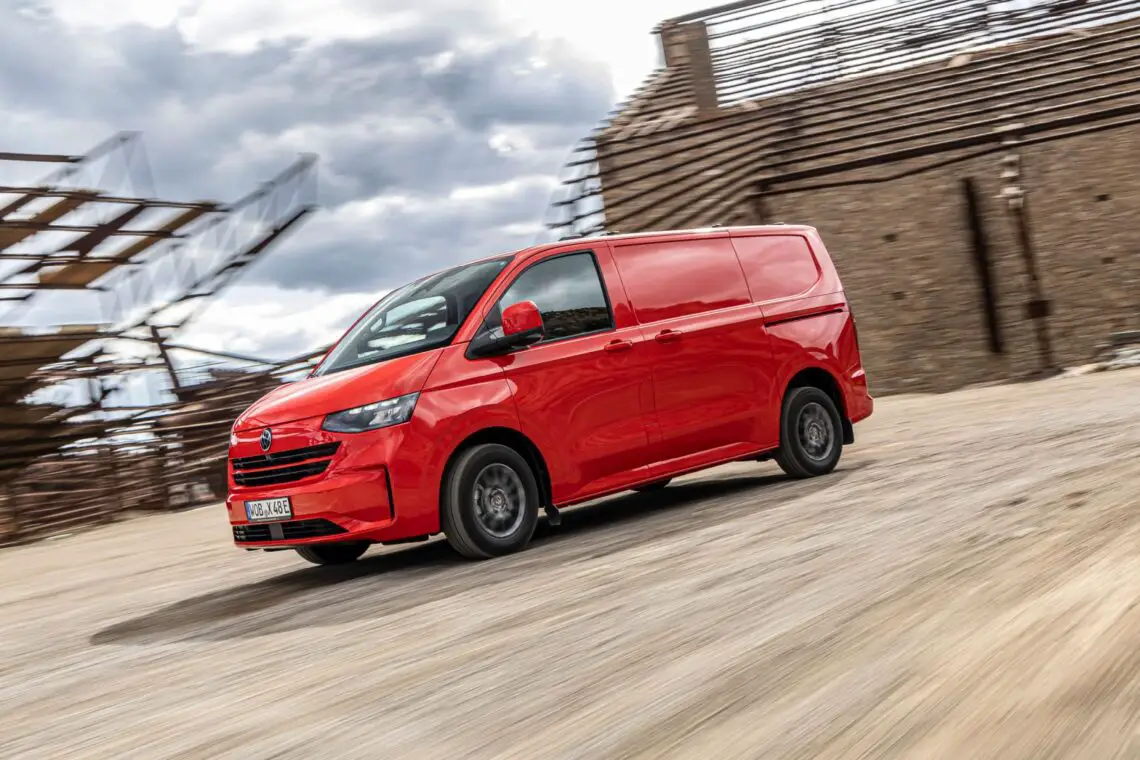
Prices
The new Transporter is available from 29,990 euros excluding VAT and bpm (45,690 euros inclusive) for the 110 hp diesel version. The electric e-Transporter starts at 46,990 euros excluding VAT. In the video below we tell you more about the new Volkswagen Transporter.

